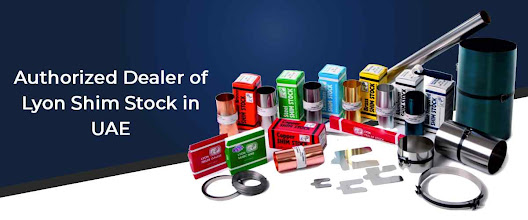What Is Shim Stock and How Is It Used?
Shim stock, derived from the phrase “shimmy”, is a thin strip of metal or plastic that comes in rolls, sheets or strips. It can also come pre-cut into individual rectangular blocks. Shim stock is used as a type of gasket and spacer to fill in the small gaps between two components, allowing them to fit tightly together (like a jigsaw). In this guide, you'll learn more about shim stock and how it is used.
1. Understand What Shim Stock Is
Shim stock is simply defined as a flat sheet material usually made out of stainless steel, brass, aluminum or plastic that can be cut into different shapes for use with many different applications. A shim is designed as a way to make precise adjustments when constructing things like machinery parts, tools, and engines by filling in small gaps between two surfaces.
2. Choose The Right Shim Stock for Your Project
Since shims are usually made out of metals such as stainless steel, aluminum or brass (depending on their intended application), selecting the right type can make all the difference in your project's success! Always opt for quality when selecting materials; if you need something thicker than 0.010” choose 0.020” or even 0.060” if necessary in order to create an effective seal against external elements to protect your inner workings from harm due to overpressuring or environmental factors like moisture/oxidation damage
3 Cut Your Shim Stock
In order to get your desired shape and size you might need some kind of cutting tool. Some shim stocks feature perforations which makes it easier to separate individual pieces but depending on what exact tool you'd be using - scissors/pliers/snips - you would need to decide not only what thickness would be best suited but how much extra material should be taken away so that there are no rough edges left afterwards
4 Installing Shim Stock
Installation process will depend heavily on what exact application it's being utilized for but often times shims are placed between mating components after any secondary machining has been performed so that tighter tolerance clearances could be achieved amongst other reasons
5 Maintenance & Inspection
Regular inspection and maintenance should always be included into any repairs and servicing activities; this will help ensure that all the components are present and operating correctly keeping everything running smoothly
All in all understanding exactly how shims work along with being able to properly select an appropriate model will give you an edge when it comes time to setting up precise mechanical parts that depend heavily on having tight fitting components



.jpg)
Comments
Post a Comment